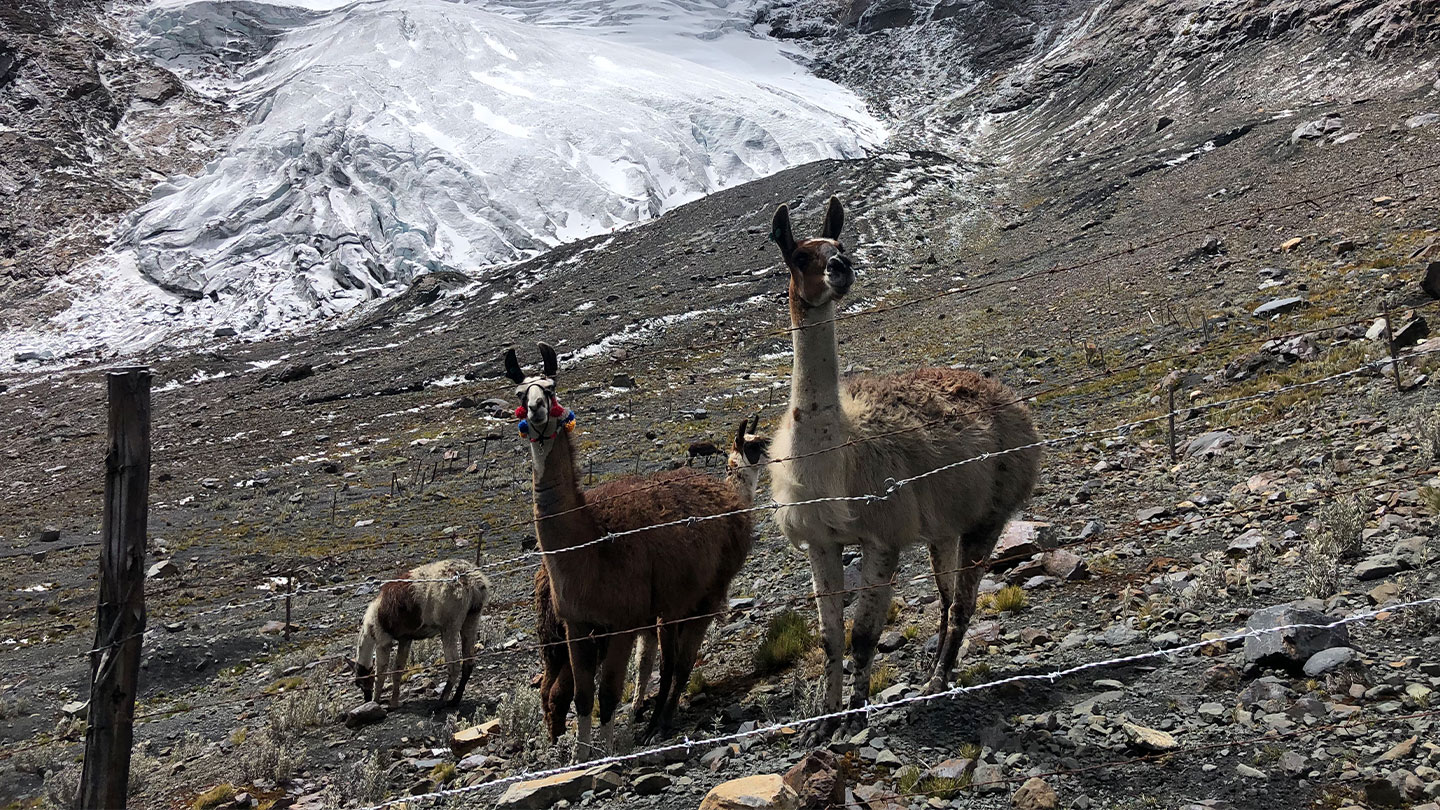When glaciers melt, they leave behind barren landscapes that can take decades to support plants and animals. But a new study found that within just three years, such exposed land was revitalized by llamas, whose activity nourished the soil and fostered plant growth.
By the end of that time, the otherwise arid and easily eroded soil stabilized, grew richer in nutrients and supported 57 percent more plant cover than before, geographer Anaїs Zimmer and colleagues report September 24 in Scientific Reports.
Such a revival of the ancestral Andean practice of camelid herding could potentially cushion the crops, animals and livelihoods of local communities from the impacts of climate change, says Zimmer, of the University of Texas at Austin.
As is the case worldwide, glaciers are disappearing in Peru’s Cordillera Blanca mountains at an unprecedented rate. And as the ice shrinks, nearby ecosystems wither: They lose access to summertime supplies of freshwater and sometimes encounter harmful acidic minerals in rocks once covered by the glaciers.
2023-10-27 08:00:00
Original from www.sciencenews.org
















